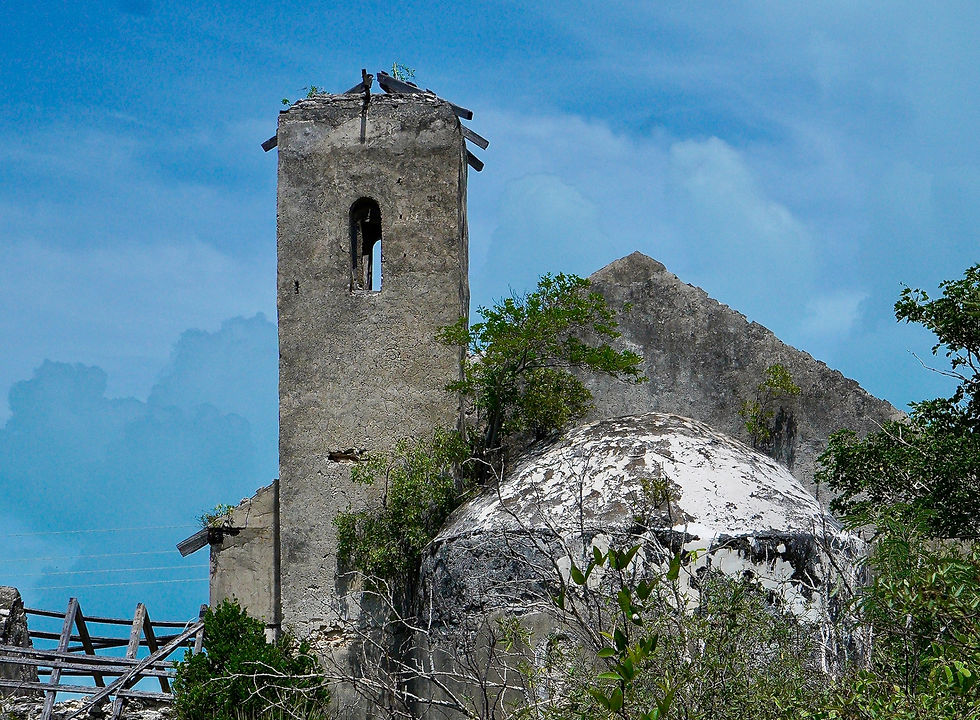Title
Settlement
Text
Land Grant Number
Acres
Date
Text
Text
Text
Give a brief description of the inhabitant. The man. The legend. Do we know any significant details about these guys? If yes, great! Include that here. If not, then this can just be ignored.

James Gordon
Settlement
Gordons
Grants
D-85 (200 acres, 10 Feb 1789), D-134 (100 acres, 2 Jan 1791)
James Gordon. Origin: Loyalist.
We found conflicting evidence about James Gordon. In 1773, while living in Scotland, James Gordon is said to have entered into a partnership with John Browne Sr. and Thomas Browne to purchase “Ceded Land” in Georgia. However, he is also said to have accompanied a number of English and Scottish citizens to Georgia to cultivate the land as indentured servants – clearly he could not have bought lands AND been an indentured servant! After he sailed from London, his partners learned this “Scotsman with relatives in Orkney” had no funds of his own—nor were his relatives able to contribute his share to fund the enterprise. After he purchased and established several farms, the “rebellion” broke out, and all was lost in Georgia.
Gordon joined Colonel Browne, who led a mounted Loyalist company, but near the end of the war, he and many other loyalists were banished from Georgia. It appears that Gordon went from Charlestown to Tortola in the West Indies, then to Musk-wash in the Province of St. John, Nova Scotia. James Gordon presented numerous claims to the Commissioners appointed to investigate Loyalists’ losses. However, all but a small amount of compensation was denied to him, as his partners notified the commission that the funds used to purchase and develop the farms did not belong to Mr. Gordon.
From Nova Scotia, he took passage to the Bahamas and obtained land on Crooked Island. He also received two land grants at the southern tip of Long Island, in the current settlement of Gordons. The first grant was for 200 acres, and is dated 10 February 1789. The second grant of 100 acres is dated 2 January 1791. He died on 10 September 1817 at the age of eighty.
Willoughby Weaver stated in her will of 8 July 1797 that she lived with James Gordon of Acklins Island, and that he has been her benefactor since childhood. She bequeathed all her possessions to her son John Rutherford Gordon whose father, she stated, was James Gordon. In her manuscript, Lydia Parrish notes that she found in the Registrar General's Office a letter dated 24 November 1783, from Tortola, solemnizing James Gordon’s manumission of his mulatto woman named Willoughby.
Evidently Willoughby’s body was embalmed and placed in a cave at The Bite, Cat Island,
with bars attached to the overhanging walls and a tablet to her memory placed there by James Gordon. This information was told to Parrish by Mr. William Aranha.
References: Parrish, LSC, JR (wills)

